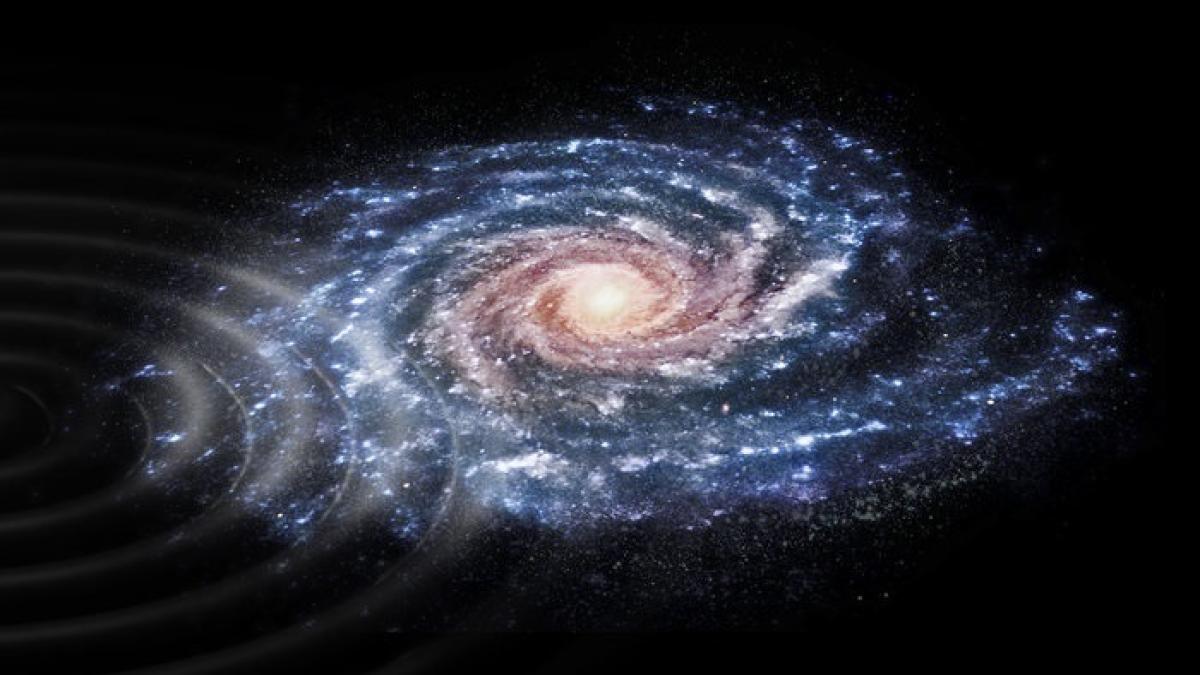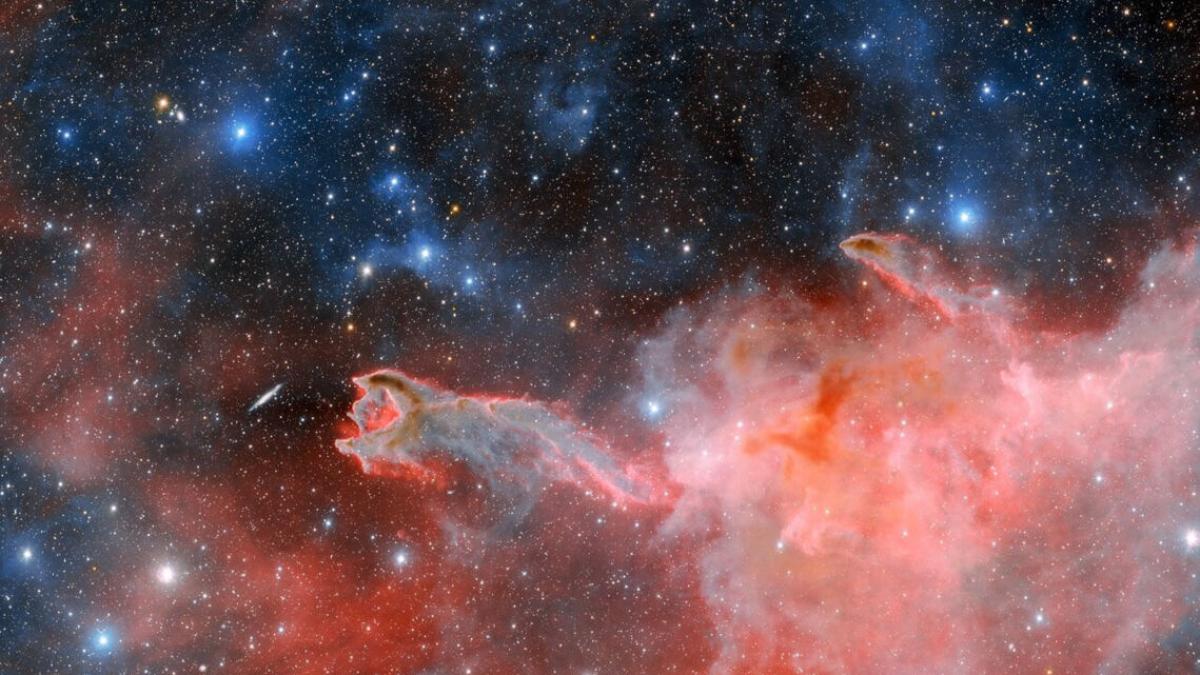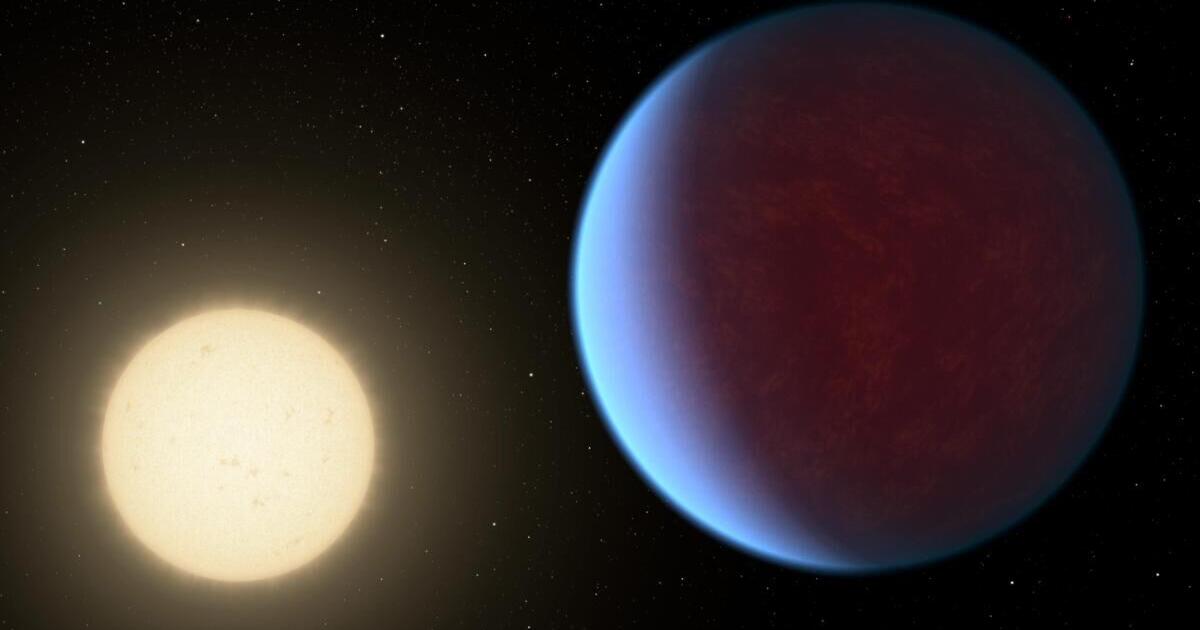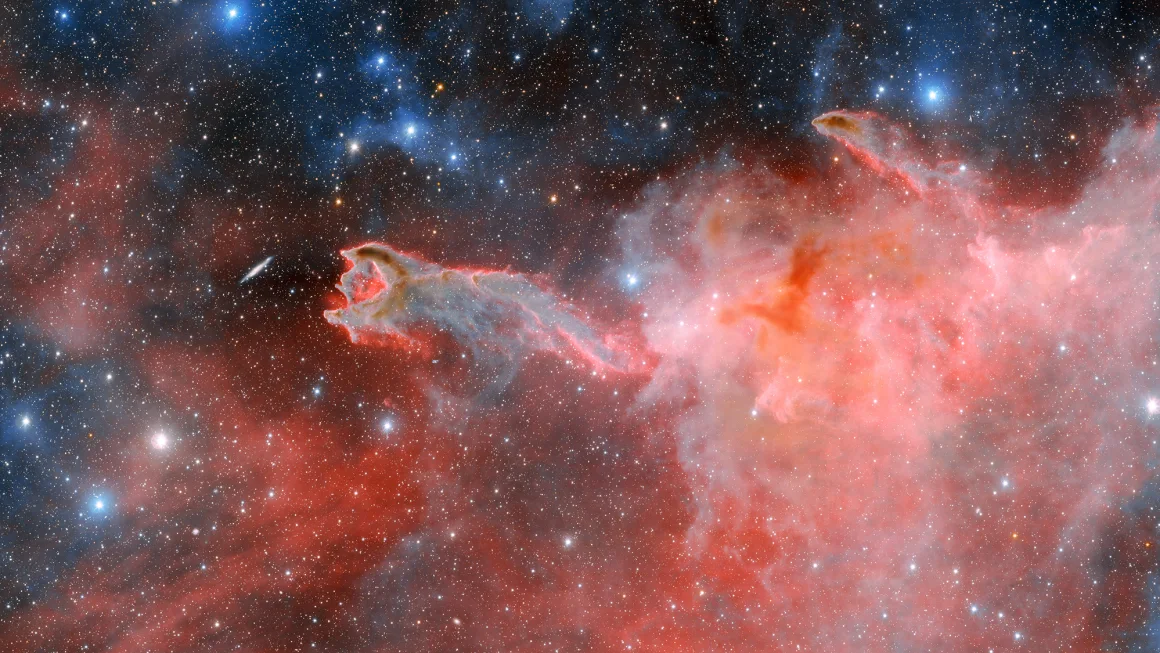By determining the interstellar origin of thousands of neutrinos, scientists have revealed a uniquely different picture of the Milky Way. “Ghost Particles” As published in the journal ‘Science’, invisible ones exist in large numbers, but usually cross the Earth undetected.
The neutrino-based image of the Milky Way is the first of its kind and a portrait of a galaxy made of particles of matter rather than electromagnetic energy.
From visible starlight to radio waves, the Milky Way has long been observed through the various frequencies of electromagnetic radiation it emits. The breakthrough is now made possible by a collaboration of researchers using the IceCube Neutrino Laboratory at NSF’s Amundsen-Scott South Pole Station in Antarctica.
The massive observatory detects subtle high-energy neutrino signals from space using thousands of networked sensors buried deep within a cubic kilometer of transparent ice.
“At this point in human history, we are seeing our galaxy for the first time in a way other than light.”Drexel University physicist Naoko Kurahashi Nielsen explains the moment he and two doctoral students, Steve Sclafani from Drexel (USA) and Mirko Hannefeld from the Technical University of Dortmund (Germany), studied. First time film.
Kurahashi Nielsen proposed the innovative computational analysis used to create the image and received funding to implement his idea through a grant from NSF’s Faculty Early Career Development Program.
“As is often the case, technological advances make great scientific advances possible –says Denise Caldwell, director of NSF’s Physics Division. The possibilities offered by the highly sensitive icecube detector, together with new data analysis tools, have given us an entirely new view of our galaxy, which has been hinted at so far.”
“As these capabilities continue to be refined, we can expect this image to emerge at ever higher resolution, revealing hidden aspects of our galaxy that humanity has never seen before,” he adds.
“Interestingly, unlike light of any wavelength, the universe of neutrinos obscures nearby sources in our own galaxy.”Francis Halson, a physicist at the University of Wisconsin-Madison and IceCube’s principal investigator, says.
Beyond the challenge of detecting elusive neutrinos and distinguishing them from other types of interstellar particles, determining their source is even more ambitious. When neutrinos interact with the ice beneath the icecube, those rare encounters produce faint light patterns that the icecube can detect.
Some light patterns are highly directional and clearly point to a specific area of the sky, allowing researchers to trace the source of the neutrinos. These interactions formed the basis for the discovery in 2022 of neutrinos from another galaxy 47 million light-years away.
Other interactions are much less directional, creating “layered balls of light” in transparent ice, Kurahashi Nielsen explains. Their IceCube collaboration colleagues Sclafani and Hünnefeld developed a machine learning algorithm to compare the relative position, size and energy of more than 60,000 neutrino-generated light bursts recorded by IceCube over 10 years.
The three researchers spent more than two years rigorously testing and validating their algorithm with synthetic data from simulated neutrino detectors.
When they finally fed the actual data provided by IceCube into the algorithm, the result was an image showing bright spots corresponding to locations in the Milky Way suspected of emitting neutrinos. These are places where the observed gamma rays are thought to be byproducts of collisions between cosmic rays and interstellar gas, which should theoretically produce neutrinos.
“Now a homologous neutrino has been measured, thus confirming what we know about our galaxy and the sources of cosmic rays,” emphasizes Sclafani.
Over the decades, scientists have made countless astronomical discoveries by expanding the methods used to observe the universe. Once revolutionary advances in radio astronomy and infrared astronomy have been joined by a new class of observational techniques using phenomena such as gravitational waves and now neutrinos.
Kurahashi Nielsen says the neutrino-based image of the Milky Way is another step in that line of discovery. He predicts that neutrino astronomy will be refined in the same way as the methods that came before it, until they reveal previously unknown aspects of the universe.



:quality(85)/cloudfront-us-east-1.images.arcpublishing.com/infobae/YVT2WGE5YVGEJASYQ7JKEUNCWU.jpg)

